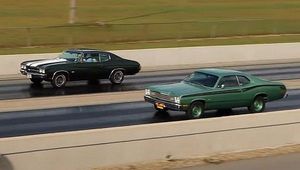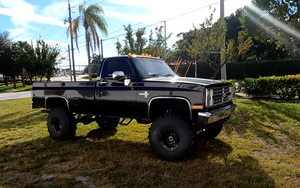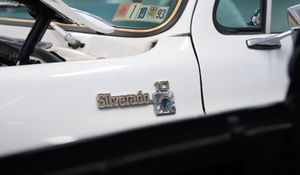The winged warrior.
Long before the feverish pitch of Super Bowl ticket hunting, America's heartbeat echoed the revs of engines and the roar of crowds at NASCAR circuits. The 1960s had car manufacturers flexing their muscles, battling for supremacy on the asphalt arenas. Yet, amidst the clatter and glamour, it's the tale of the 1970 Plymouth Superbird that truly captures the spirit of that age.
See disasters which destroyed thousands of cars here.
While the 1980s and '90s often bag the spotlight with legends like the Audi S1 Quattro and Mercedes 190 E 2.5-16 Evo II, the Superbird's tale is that of the underdog who redefined the race and ruled the roads way earlier.
Amid the final years of the swinging '60s, Ford's dominance in NASCAR was undeniable. Their prowess with the Gran Torino, backed by vast Mustang money and Le Mans sponsorship, was a force to be reckoned with. Chrysler, not wanting to be left in the dust, called upon their Dodge division for an answer.
The initial iteration, the Charger 500, might have been a statement piece with its Coronet's grille and redesigned rear glass, but on the tracks, it barely made a whisper against the Ford giants. The real game-changer was the Dodge Daytona 500 — a fierce contender with its wedge front facia, mammoth air ducts, and a wing that seemed large enough to pitch a tent under.
The Daytona's triumph at the Alabama International Motor Speedway served as the blueprint for Plymouth's entry into the winged warrior race: the 1970 Superbird. Drawing from the Daytona's blueprint and its 426 Hemi powerhouse, Plymouth refined the model, perfecting its nose and re-positioning the wing for street practicality.
Such was the allure of the Superbird that it wooed legendary driver Richard Petty back to the Chrysler fold, a move that paid dividends when the Chrysler fleet conquered over two-thirds of the 1970 season's races.
However, the Superbird was more than just Dodge's prodigy. While the Daytona laid the groundwork, it was Plymouth's daring innovation with the Road Runner-based Superbird that captivated car collectors worldwide.
Today, owning a Superbird isn't merely about its exclusivity. It's a ticket to the annals of racing history, a testament to an era when car manufacturers dreamed big, raced hard, and soared high. And with the Superbird's ability to rev up to 200 MPH, it's an enduring symbol of winged victory that can still leave the modern brigade in its rear-view mirror.





